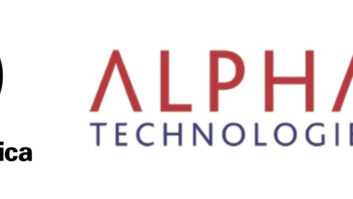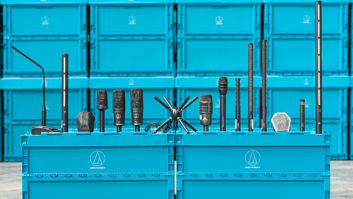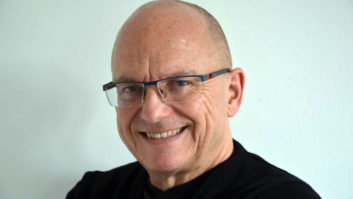
Alex Lepges, EMEA marketing director at Audio-Technica, talks security, upgrades and emerging technologies
How are manufacturers getting to grips with the security threat in conference venue environments?
We’re very aware of the security issues around sensitive conference content and the considerations that systems integrators and end users need to weigh when specifying a conferencing system. Audio-Technica has long offered infrared wireless conference system products for situations where signal security is of paramount importance.
Because the infrared signal is confined within the walls of the conference venue it’s being operated in, there’s no chance of discussions being listened in to from outside. In situations like courtrooms, police stations, council venues and more this is crucial, of course.
Audio-Technica’s newest conference system, launched in January, is a hybrid infrared system – the ATUC-IR follows in the footsteps of our previous ATCS60 infrared solution and we’re predicting that it will be used for applications where the flexibility of a wireless set-up is required (for transportability etc.) alongside the peace of mind that only delegates will be privy to the discussions in the venue.
What area of conference venue technology provision is most often overlooked on upgrade or new build projects?
Perhaps predictably, I’d have to suggest it’s often the audio component. I think a great deal of attention is first paid to what are perceived as the ‘flashier’ elements of an AV installation – screen technology, projectors and the like. This may be because they’re more obviously impressive, or easier for customers to understand, so priority often goes to decisions in this area first.
But audio quality is clearly of absolutely critical importance in a conferencing environment. It’s almost impossible for delegates to concentrate on discussions where audio is poor, where they’re struggling to hear contributions, or the sound is unpleasant to listen to. It’s fundamentally important for systems integrators and installers to address these issues when specifying conference solutions.
Where an upgrade project is concerned, audio will sometimes naturally assume more importance if a venue has previously struggled with unsatisfactory sound, but new build projects could often be improved if audio solutions were at the heart of initial planning.
What emerging technology area do you expect to have a growing impact on conference venues in the next few years?
We’re seeing an increasing interest in networked audio and, pleasingly, a greater understanding of the technology, how to implement it and the benefits it can bring to the conference space. It has taken time for networking to gain traction in some areas, but that’s beginning to change I think.
The ease of installation compared to traditional cable-heavy analogue solutions and the control that networked audio allows can bring significant benefits for end-users and AV staff responsible for conference venues alike. Audio-Technica was an ‘early introducer’ of networked fixed installation microphones – our ATND971a was the first Dante-enabled wired microphone and we now have a range of options in our networked range, including desk stands to allow existing inventories of gooseneck microphones to be added to a network.
The new ATUC-IR conference system itself is offered in a Dante-compatible configuration, which places it at the very heart of a network. I think we’re likely to see more of the industry adopting networking products in conference venues in the coming years as the supply side continues to educate customers as to the value that they bring in terms of functionality and flexibility.







